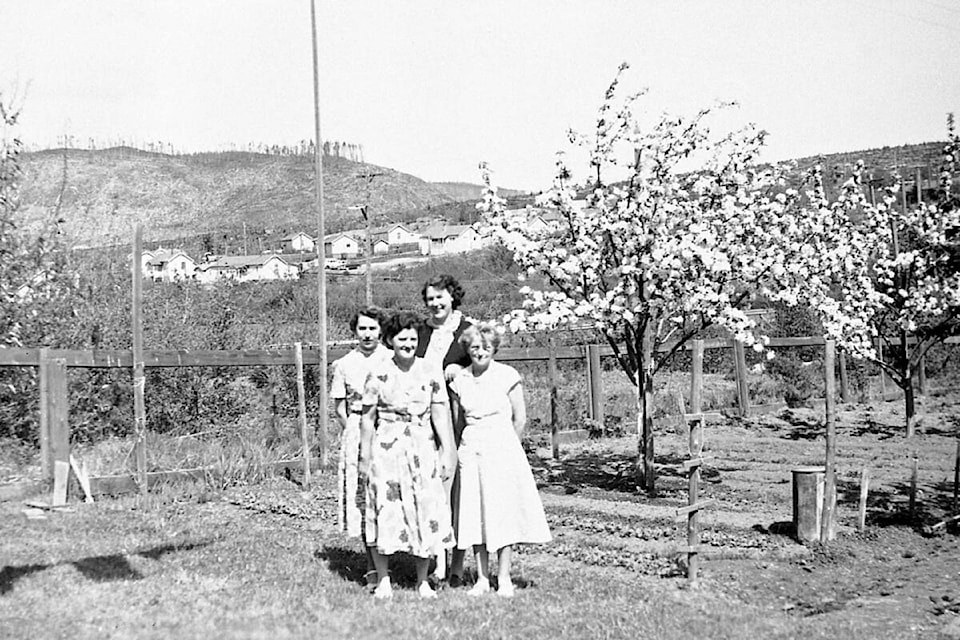By the staff at the Museum at Campbell River
The woods around Campbell River are full of people camping this time of the year – but in past years those same areas were full of people in a different sort of camp situation.
Logging camps, such as Camp 5 at Brewster Lake, were home to hundreds of loggers and their families. Money was made, children were raised, and lives were lived in these close-knit communities.
Gertie Kusha was an 18-year-old woman living in Vancouver when she was hired to work in the dining room at Camp 5. She was interviewed by the Museum in 1993 about her experience, leaving the big city on the Union Steamship with three others and heading up to Campbell River and then to Camp 5 in April, 1918. Gertie earned $50/month including room and board, which she considered good wages at the time.
“When we girls first went there, the dining room was really dirty, filthy, so we decided we were going to scrub it. ‘Spoolie’ was at the engine and he came to the door. He said, ‘What do you think you’re doing?’ And we said: ‘Well, we were going to clean the dining room.’ And he said: ‘How will it be if I back up the engine and hook up the steam hose, that will do the trick.’
“We steamed that place. You could see the colour of the wood. We forgot to take the clock out. It never ran again.
“They put “flunkey” on our first pay cheque and we all went over to the office and objected. We said that we weren’t flunkies, we were waitresses.
“We worked eleven hours a day, seven days a week. Between breakfast and lunch we had to peel a sack of potatoes for the cook, but that was the only kitchen job. We served a hot meal at lunchtime. In ten minutes the men would eat and be gone. We had a rest period in the afternoon. It was around 7 o’clock when we were finished.
“The men weren’t very keen about having women in the camp… my mother didn’t want me to come either. We were treated with all the respect. Give me a logger any day over any man in the street.
“We lived in a married quarters house. There was a bridge between us and the camp. There was a cold water tap in the house, new beds, new curtains. We had a tub for bathing – we had to heat the water. Outside plumbing.
“We went to town when the crew went out for Christmas. Florence and Maud got married. Isabel got married in October. I got married at Christmas in 1920 to Spoolie. We lived in a tent at I.T. camp until we got a house.”
Gertie spent many years at Camp 5 and raised her family there, as did many other men and women.
New signage has been erected at Camp 5 at Brewster Lake to provide campers a glimpse of the site’s past. The Museum has a collection of Camp 5 photos on their website, and a short video about camp life on their YouTube Channel. And, if you head over to the logging gallery at the Museum at Campbell River you can ring the large triangle that once served as the Camp 5 dinner bell!
